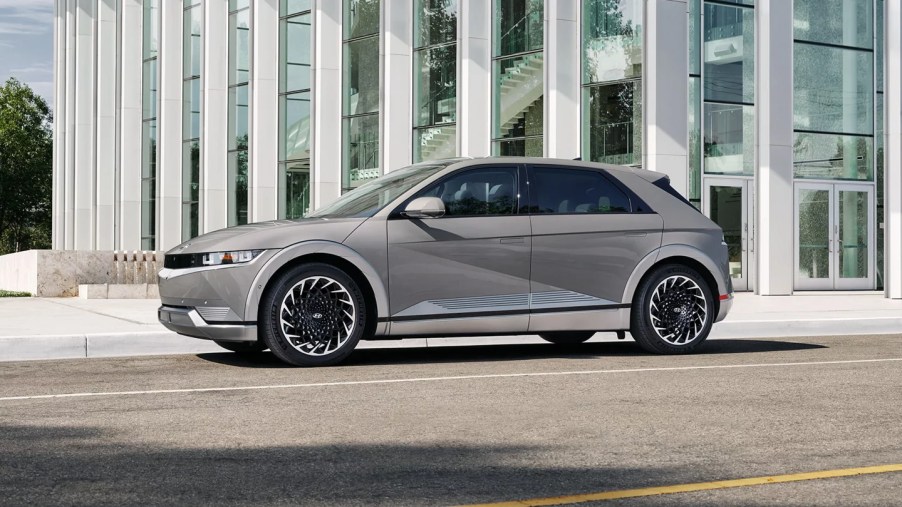
The White House Has Expensive EV Infrastructure Solutions
As electric vehicles become more popular in the United States, one major thing seems to be holding them back. At least from a practicality standpoint. In 2023, new EVs now offer legitimate range, versatility, and come in a variety of forms. But unless you drive a Tesla, you might have noticed something. Simply put, charging infrastructure is not where it needs to be to make electric cars viable for a lot of folks.
Is there infrastructure for electric vehicles?
Currently, there is infrastructure for EV models, but it is not really where it needs to be. Tesla has had years to build up its charging capabilities, but for the most part, Tesla chargers are limited to Tesla vehicles. And that means if you drive something like a Chevy Bolt, you can’t charge at one of those stations.
Now, there are plenty of other charging stations out there. But they don’t really have set standards, they might not be in a convenient spot, and they can be broken. Meaning even if you plan to stop at a charging station, it might not even work.
According to the Federal Highway Administration, the U.S. Department of Transportation is hoping to change that. Recent legislation should mean that more reliable and standardized charging stations will be popping up across America.

U.S. Transportation Secretary Pete Buttigieg has stated that EV charging stations need to be “as predictable and accessible as filling up a gas tank.” And once that happens, maybe more folks will come around to electric cars.
EVs are not ready to replace combustion engine cars
I won’t deny that I have an appreciation for electric cars. I think things like the 2023 Kia EV6 demonstrate that EVs can be fun and practical. But coming from rural Kansas, I also know that EVs are far from being able to replace ICE cars completely.
For instance, even though we now have electric trucks that can tow, when you actually tow, you will be losing out on range. And there are just plenty of areas where finding public charging can be a difficult task.

Until we get robust charging infrastructure, filling up at the pump when needed feels more practical than having to track down a charging station if you’re on something like a road trip. Of course, charging at home is certainly not impractical. Especially if your garage is equipped for that kind of thing.
How much is the government spending on electric cars?
Through the Bipartisan Infrastructure Law, $2.5 billion will be pumped into charging and fueling infrastructure. By 2030, the Feds hope to vastly improve how folks charge their electric cars in the United States.

2030 is just seven years from now, so all of this isn’t too far off. It is important to note that how all of this is rolled out is sort of up in the air. The Joint Office is going to be working with a variety of agencies and communities, so there are a lot of moving parts to deal with. But hopefully, it does make a significant difference for the electric charging infrastructure.



